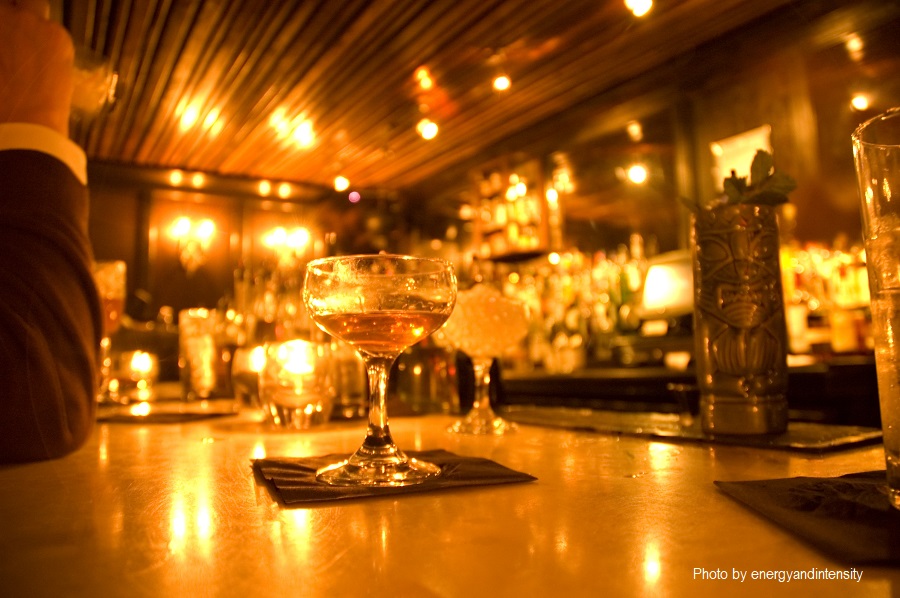
By Mark
Over the course of just two transformative decades, from 1990 to 2010, New York City’s bar scene underwent a remarkable evolution that forever changed the way we perceive and enjoy cocktails.
During this period, a cocktail revolution took place, marked by the rise of innovative mixology, the resurgence of classic cocktail culture and the emergence of influential bars that would shape the future of the industry.
Rediscovering the Art of Classic Mixology
The cocktail revolution of the mid to late 1990s brought a renewed focus on the art of mixology. Bartenders began to delve into the rich history of cocktails, studying classic recipes and techniques. They reintroduced forgotten spirits, revived obscure ingredients and experimented with flavor combinations to create original and inventive concoctions.
Bars like Milk & Honey, founded by Sasha Petraske in 2000, became pioneers of this movement, emphasizing craft and attention to detail in every drink they served. These establishments celebrated the artistry of the cocktail, elevating it from a mere alcoholic beverage to a refined culinary experience.
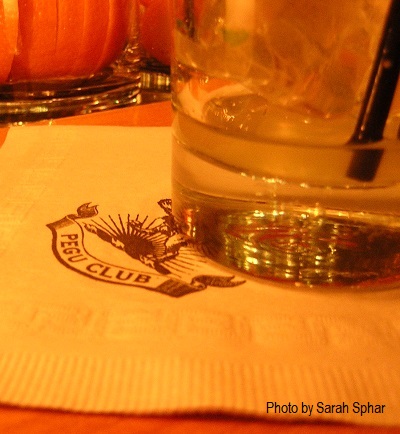 Resurgence of Classic Cocktails
Resurgence of Classic Cocktails
During this period, there was a renaissance of classic cocktails, with bartenders paying homage to the iconic libations of the past. They championed timeless drinks like the Martini, Old Fashioned and Negroni, reintroducing them to a new generation of cocktail enthusiasts.
Bars like Pegu Club, established by Audrey Saunders in 2005 and Employees Only, established in 2004, embraced the elegance and sophistication of these traditional recipes while adding their own modern twists. By carefully selecting high-quality spirits, using fresh ingredients and employing precise techniques, these bars revitalized the allure and popularity of classic cocktails.
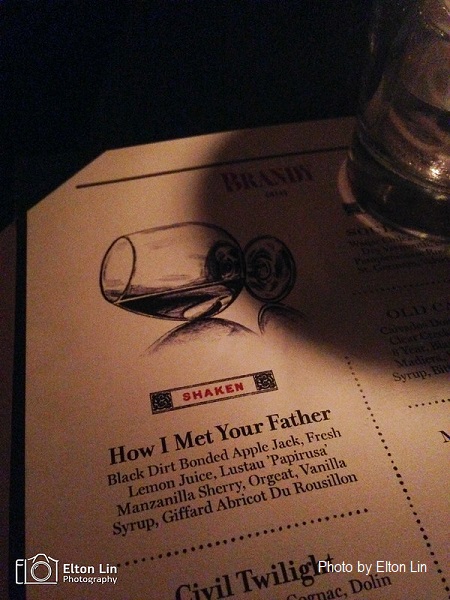 Innovative Bar Concepts
Innovative Bar Concepts
The early cocktail revolution witnessed the emergence of bars with unique and innovative concepts, reimagining the traditional drinking experience. Experimental venues like Death & Co, opened in 2006 by David Kaplan and Alex Day, embraced a speakeasy-inspired ambiance and a focus on exceptional service. They created menus that told stories, guiding guests through a carefully curated selection of cocktails.
Other establishments, such as PDT (Please Don’t Tell), opened in 2007, hidden behind a hot dog joint, offered an element of secrecy and exclusivity, enhancing the allure and intrigue of the bar scene.
While venues like Little Branch, established in 2005, paid meticulous attention to details like vintage décor, dim lighting, and expertly crafted playlists. They created a sense of nostalgia and authenticity, enhancing the overall drinking experience and setting new standards for ambiance in bars.
Cocktail Culture Goes Mainstream
The early cocktail revolution in New York City had a profound impact on popular culture. As these innovative bars gained recognition and accolades, cocktail culture began to permeate mainstream society. The craft cocktail movement inspired the creation of cocktail-focused books, documentaries, and television shows, igniting widespread interest in mixology.
Bartenders became celebrities in their own right, shaping trends and influencing the way people approached and appreciated cocktails. The influence of New York City’s cocktail scene extended far beyond its borders, sparking a global renaissance in mixology.
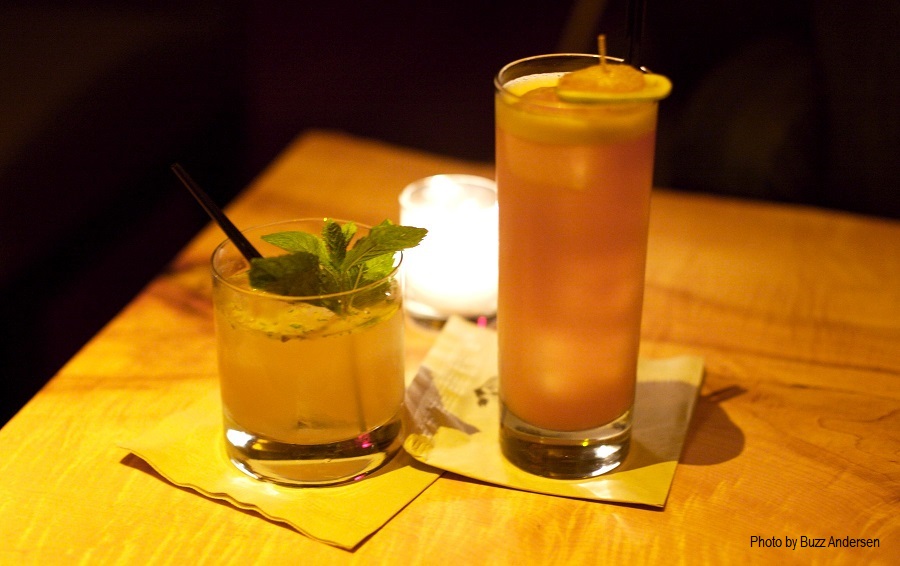
Legacy and Lasting Influence
The legacy of the early cocktail revolution in New York City is evident in the lasting influence it has had on the bar industry worldwide. The principles of quality ingredients, craftsmanship, and attention to detail established during this period continue to define modern mixology.
Many of the bars that emerged during this era have become institutions, serving as training grounds for aspiring bartenders and setting the standard for excellence in cocktail making.
Moreover, the cocktail revolution created a shift in consumer expectations, with patrons seeking out bars that prioritize creativity, authenticity, and a personalized experience.
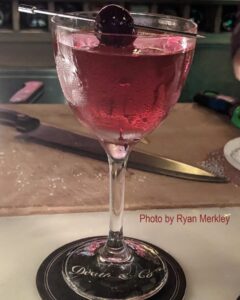 The cocktail revolution that unfolded in New York City from 1990 to 2010 played a pivotal role in shaping the modern bar industry. It redefined mixology as an art form, celebrated the heritage of classic cocktails, introduced innovative bar concepts and propelled cocktail culture into the mainstream.
The cocktail revolution that unfolded in New York City from 1990 to 2010 played a pivotal role in shaping the modern bar industry. It redefined mixology as an art form, celebrated the heritage of classic cocktails, introduced innovative bar concepts and propelled cocktail culture into the mainstream.
The influence of this transformative period continues to reverberate today, with the principles and innovations established during this time serving as a foundation for the ever-evolving world of cocktails. New York City’s early cocktail revolution was a catalyst for change, inspiring bartenders, enthusiasts and establishments worldwide to raise the bar in the art of cocktail making.
Article is an original work researched and written by Mark Hester for marleesbarstool.com and is free to use and share under the Creative Commons Attribution-NonCommercial-NoDerivs 2.0 Generic (CC BY-NC-ND 2.0) License. Information used to write this article found using research tools including, but not limited to, Google, Bing, ChatGPT and Wikipedia, and is used by permission or under the Fair Use Doctrine. Additional information courtesy of Wikipedia and is used by permission. Photo of “DSC_0008” (Top of Article – Death and Co, NYC, Cocktail is Shattered Glasser) is by energyandintensity and is used by permission under the Attribution-ShareAlike 2.0 Generic (CC BY-SA 2.0) Creative Commons License. Read the Full License Here – https://creativecommons.org/licenses/by-sa/2.0/legalcode. Thank you, energyandintensity. Great Picture. Photo of “Pegu Club” is by Sarah Sphar and is used by permission under the Attribution-NoDerivs 2.0 Generic (CC BY-ND 2.0) Creative Commons License. Read the Full License Here – https://creativecommons.org/licenses/by-nd/2.0/legalcode. Thank you, Sarah. Great Picture. Photo of “2014-04-18_22-24-16_8691.jpg” (How I Met Your Father Cocktail from Death & Co.) is by Elton Lin and is used by permission under the Attribution-NonCommercial-NoDerivs 2.0 Generic (CC BY-NC-ND 2.0) Creative Commons License. Read the Full License Here – https://creativecommons.org/licenses/by-nc-nd/2.0/legalcode. Thank you, Elton. Great Picture. Photo of “Whiskey Smash and Jamaican Firefly | New York City At the wonderful Pegu Club.” is by Buzz Andersen and is used by permission under the Attribution-NonCommercial 2.0 Generic (CC BY-NC 2.0) Creative Commons License. Read the Full License Here – https://creativecommons.org/licenses/by-nc/2.0/legalcode. Thank you, Buzz Andersen. Great Picture. Photo of “After nearly three years of making cocktails…” (Death & Co. Manhattan Cocktail) is by Ryan Merkley and is used by permission under the Attribution 2.0 Generic (CC BY 2.0) Creative Commons License. Read the Full License Here – https://creativecommons.org/licenses/by/2.0/legalcode. Thank you, Ryan Merkley. Great Picture. All licenses listed were correct at the time of the posting of the page.